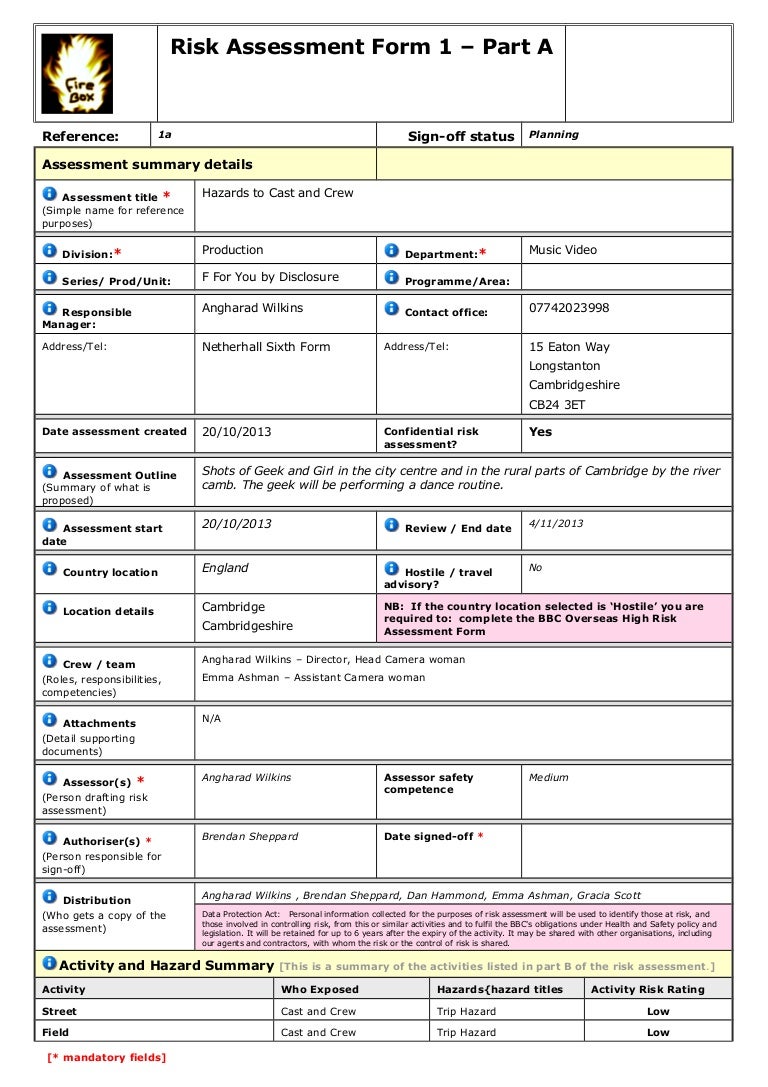
Security risk sources require ongoing investment into building and improving this relationship. The nature of security risk and the divergent dynamics of business opportunities are always changing. This concept applies to both human relationships and explicit processes. Align your security risk managementĬontinuously work to build a stronger bridge between cybersecurity and your organizational leadership.

But looking at cybersecurity risk only as a technology problem runs the risk of solving the wrong problems. The technical lens is reapplied as the security and IT teams work through solutions. Then prioritize how teams spend their time, attention, and budget relating to business importance. Security leaders must step back from the technical lens and learn what assets and data are important to business leaders. The following diagram shows the shift from a typical technically oriented program to a business framework. This perception leads to the wrong conclusions that don't mitigate the strategic business impact of risk. Many organizations still treat cybersecurity risk as a technical problem to be solved.

Cybersecurity risk should be aligned to your risk measurement, tracking, and mitigation framework. While these attacks happen in the technical environment, they often represent a risk to your entire organization. This damage is caused by human attackers attempting to steal money, information, or technology. Cybersecurity risk is the potential damage or destruction of business assets, revenue, and reputation.


 0 kommentar(er)
0 kommentar(er)
